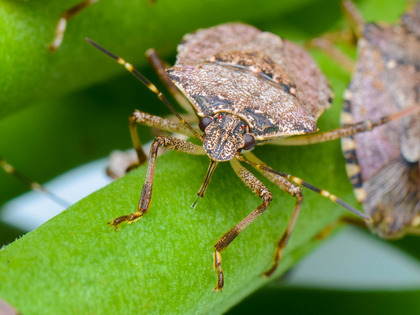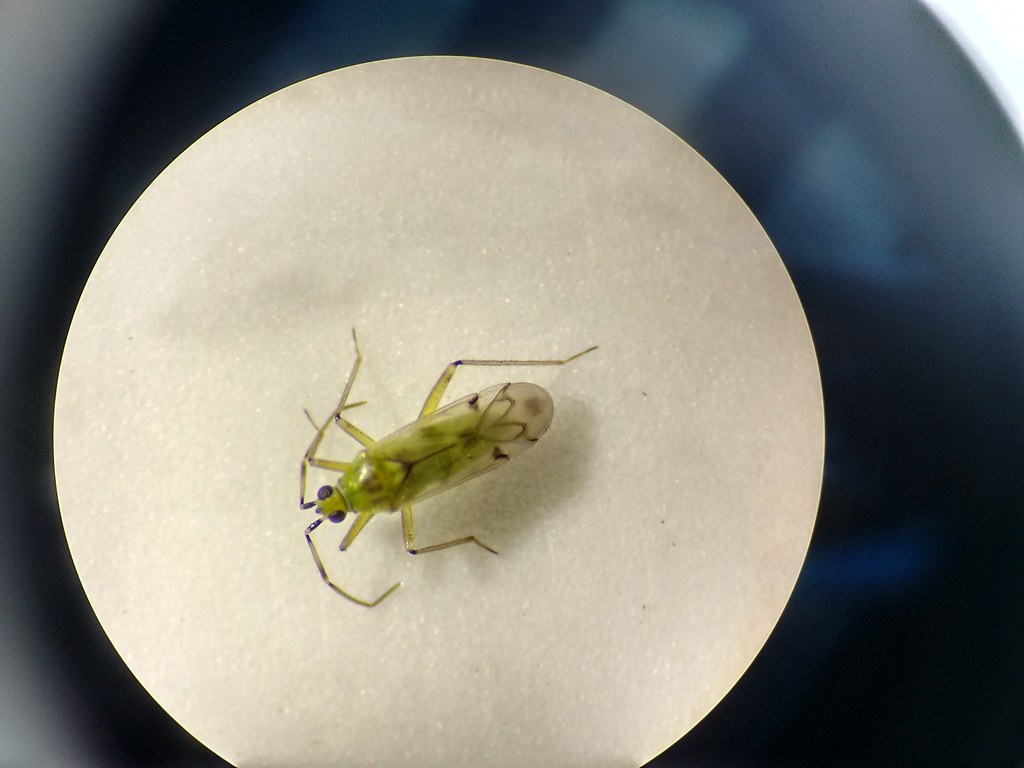
UK horticultural growers face increasing pressure from crop pests, weeds and diseases, due to a combination of new non-indigenous threats, emerging pesticide resistance issues and increasing regulatory pressure on the availability and type of plant protection products.
This pilot initiative between AHDB and BBSRC will address critical research questions associated with high priority pests and diseases that present a significant threat to UK horticultural production. There were five projects funded in total, and NIAB successfully won funding for four. The five projects will run from late 2019 until March 2020 and the results will be shared with the industry when available.
The four NIAB projects are:
Project title: Rapid genomics approaches for downy mildews on high-value crops
NIAB researcher: Tom Wood
Downy mildews (DMs) are sophisticated pathogens affecting a range of high value herbs, vegetables, ornamentals and crops. DMs affecting chives, sage, basil and parsley are responsible for serious reductions in quality and value of produce.
Using a range of techniques, NIAB will develop a set of public DM genomics resources that can be exploited by academia and industry to accelerate understanding of these complex pathogens. These will help identify practical solutions to control disease and deliver new, field-able isothermal diagnostic assays to quickly and accurately detect these important pathogens in a commercial production environment.
Rapid DNA-based identification of brown marmorated stink bug, Halyomorpha halys
NIAB researcher: glen.powell [at] niab.com (Glen Powell)
Collaborator: Dr Elizabeth Clare, Queen Mary University of London (QMUL)
The brown marmorated stink bug (see image) is native to Asia, but has been confirmed in south east England. It can cause significant damage to a range of plants including soft fruit, ornamentals, field vegetables and tree fruit. It gets its name from the pungent odour released when under threat, with a smell compared to coriander or herbs. NIAB researchers hope to develop a rapid DNA-based identification tool, as it can easily be mistaken for the UK-native shield bug.
Identification of the sex pheromone of Nesidiocoris tenuis, a damaging pest of commercial tomato
NIAB researcher: Michelle Fountain
 See image: "NtenuisMicroscope_KBF" by kim.ferguson is licensed under CC BY-SA 2.0
See image: "NtenuisMicroscope_KBF" by kim.ferguson is licensed under CC BY-SA 2.0
This project aims to identify, synthesise and field test the sex pheromone of Nesidiocoris tenuis - a tropical bug used as a biocontrol agent in protected crops, including tomatoes. Although it predates important insect pests, especially whitefly, it also causes damage by feeding on tomato plants, particularly when prey populations decline.
Now established in some tomato crops in Europe, the pest is threatening the 180 ha of tomatoes grown in the UK, at a cost to the industry of £9,720k pa. Control requires application of pesticides incompatible with IPM programmes, leading to resurgence of whitefly populations and associated viruses, and disruption of other biocontrol systems such as use of predatory mites against spider mites.
This project will pave the way for development of pheromone traps for better monitoring and more efficient use of control agents. The pheromone could be further developed for control of N. tenuis by mass trapping or mating disruption, reducing or avoiding the use of conventional pesticides against this pest on tomato crops in the UK.
Developing disease prediction of onion basal rot using a quantitative molecular test
NIAB researcher: Helen Bates
Collaborator: John Clarkson, University of Warwick
Evaluating whether a diagnostic test for Fusarium basal rot in bulb onions is effective prior to planting. Losses due to Fusarium basal rot of bulb onions caused by Fusarium oxysporum f.sp. cepae (FOC) continue to increase for UK growers with plants becoming diseased both in field and store.
The test will indicate whether pathogen-free or low pathogen onion field sites can be identified with confidence and whether a pre-planting soil test to assess basal rot disease risk is feasible. In addition, we will determine the rate of FOC root colonisation to examine whether pathogen detection in onion seedlings before symptoms appear could also help inform crop management and harvest/storage decisions.
